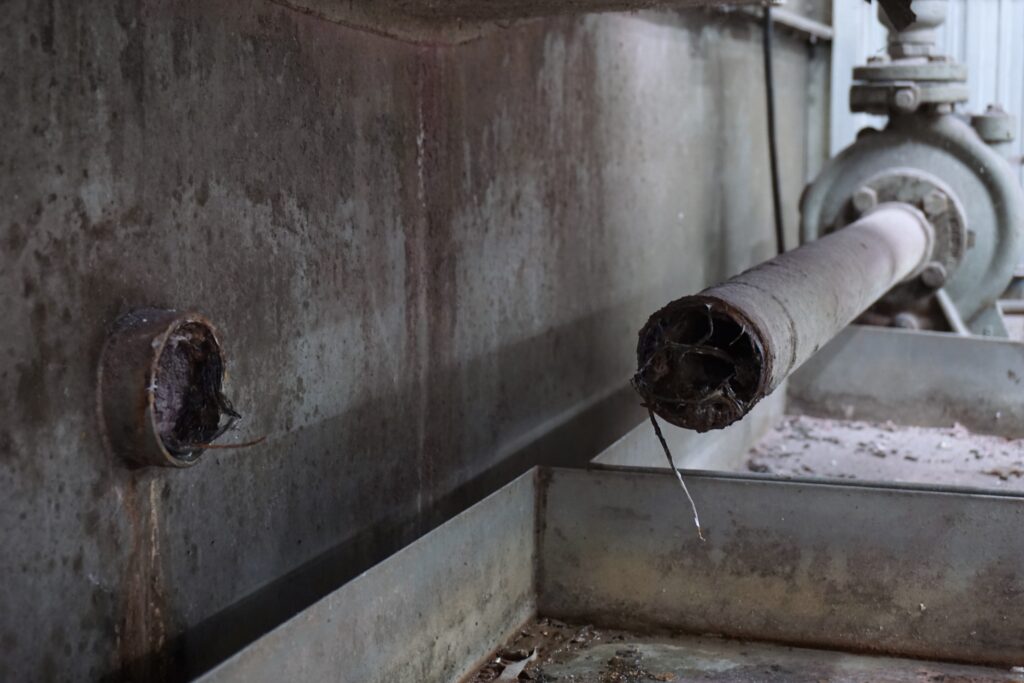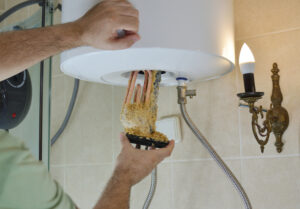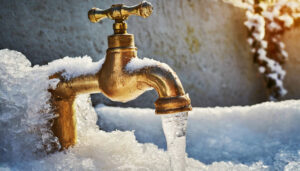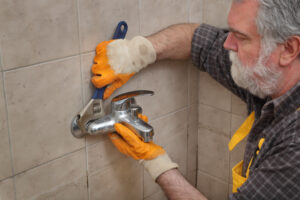Drain pipes are designed to carry waste and dirty water from our living spaces and direct them to the sewer line. There is nothing as bad as operating with broken drain pipes. Unfortunately, most people may not really know when their pipes underground are broken. Foul odors, reduced water pressure, soggy lawns, gurgling noises, unusual puddles, sinkholes to backups and slow drains are some of the many signs you could be operating with broken pipes that drain your waste. This article gives more details on how to tell if your drain pipes are broken.
Unusual Puddles and Wet Spots
Unless your lawn previously had some wet spots and puddles that have not been addressed, the presence of one can be a sign that everything is not right somewhere. Coupled with a foul smell, reduced water pressure, backups and slow drains, unusual puddles and wet spots are a precursor for broken pipes in your drain system. When underground pipes break, water saturates the section of the lawn, creating a wet spot or a puddle. If not addressed early, the water can spread to the rest of the lawn and cause massive damage.

Broken pipes can cause issues
Sinkholes
Upon drain pipes breaking underground, the water saturates the ground below and above the pipe, making the soil loose. As the soil becomes loose, the section along the broken pipe might sag and create depressions or sinkholes. When coupled with foul smells in the property, reduced water pressure, slow drains, and backups, sinkholes might indicate broken underground sewer lines.
Gurgling Noises
Another main precursor for broken underground drain pipes is gurgling noises from your sanitary features such as sinks, toilets, and bathroom flow traps. The sound is because of the air that becomes trapped in the drain pipes when breakages occur. Gurgling noises mean the breakage is so serious to the point of allowing air from the surface. When you hear these, contact a plumber immediately before the issue escalates to serious problems such as spillage.
Reduced Water Pressure
The way sewer systems are designed, water lines are meant to supply the sanitary features with clean water. For instance, after using the toilet, the water in the cistern is used to flush down the waste while the water line supplies the toilet with clean water. In case of a break in the underground drains, the toilet and other sanitary features like sinks will direct most of the water to the broken section thereby causing a drop in water pressure across the homestead. If you notice a drop in water pressure across the homestead and the water lines are okay, consider checking your underground drains.
Foul Odors
Due to the human waste and dirt carried by sewer lines, a break in underground drains can wreak havoc across the property and beyond due to foul odors. When a drain pipe breaks underground, foul odors will soak in the ground around and above the drains and escape to the surface. Together with other indicators such as wetting and sogginess around the source of the odors, this can point to broken underground drains.
Soggy Lawn
Unless your area has experienced recent heavy downpours, lawns are designed to have firm solid ground, even with frequent watering. Soggy lawns, especially your drains pass under those specific soggy sections, can indicate a break in the underground drains. Large sections of soggy lawn mean the breakage is old and has allowed a significant amount of wastewater to saturate the ground and spread across the lawn. This too, if not addressed early enough, can cost you huge losses in yard makeover.
Backups and Slow Drains
Another indication of broken underground drains is backups and slow drains across sanitary features such as flow traps, sinks, and toilets. If you previously had your drains cleaned and unblocked, backups and slowed draining can be a sign of a break along the line. The pressure mounted by the soil above the breakage point causes these issues.
Each of these signs is just an assumption if a plumber has not confirmed them. Before attempting any repairs, have a plumber come, pinpoint the breakage, assess the damage and recommend the most appropriate course of action. Some breakages might signal the overhaul of the whole line, which explains the input of a professional. Unless very experienced and handy, underground drain repairs should be handled by professionals only. They are adept with all manner of breaks and they know what repairs work for such issues to avoid the recurrence of the same in the future.




